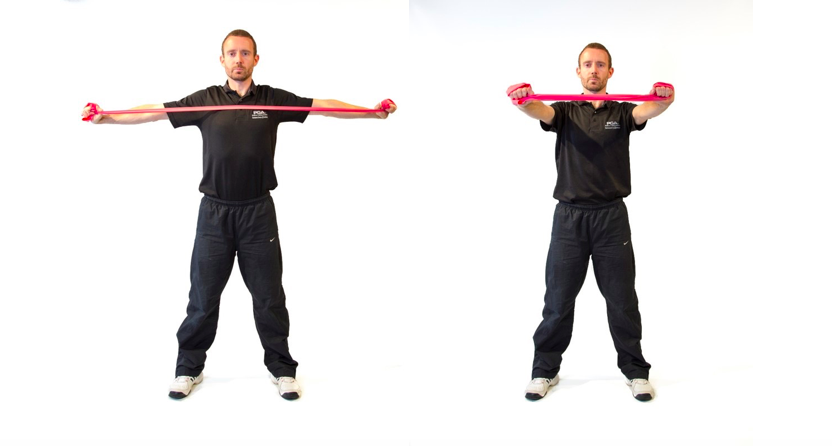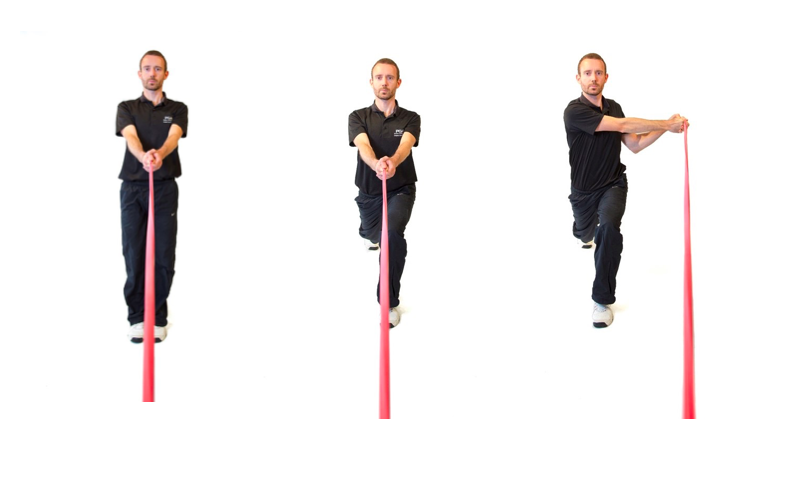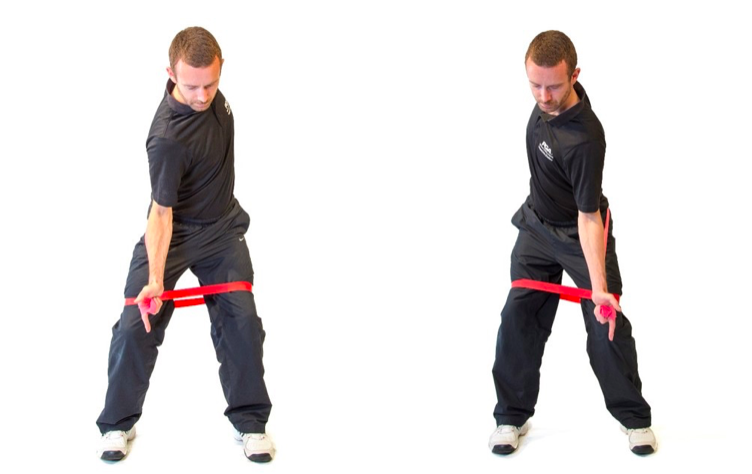How Extended Time Sitting at a Desk Can Affect Your Student's Tennis Game
Tue Jun 30, 2020 by Dr. Sean Drake

Most tennis athletes do not realize their lifestyle is affecting their performance on and off the court. Sitting behind a desk, driving in the car, or lounging on the couch can all be killers of your student's game.
Being in a prolonged seated position leads to mobile joints losing their range of motion and postural stabilizing muscles becoming inhibited or shut down. These can all contribute to low back pain, wrist strains, tennis elbow, neck and shoulder pain, and hip problems; all of which effect the body in tennis.
The main test we use to see if all those long hours of sitting are taking a toll on your body is the Pelvic Tilt Test. This test is great for overall mobility in the hips and lumbar spine, as well as coordination or control of the pelvis. Being able to control the orientation of the pelvis is extremely important for power transfer from the lower body to the upper body in your serve and groundstrokes.
The Pelvic Tilt Test
Get into an athletic posture and imagine your pelvis is a bucket of water with your belt being the rim of the bucket. From here, try to pour the water out in front of you by tilting your pelvis forward or anterior (like arching your lower back). Now, try to pour the water out behind you by tilting the pelvis backwards (flattening your back).

Was there a shake or any vibration when trying to perform the test? Were they unable to perform the skill? Don’t worry, they are not alone. Thousands of people struggle with the same problem. This could all be due to those long hours of sitting in a chair.
A proper dynamic warm up should be performed prior to practicing or competing to help combat the seated postures and prime you for playing.
Here's a quick routine developed by Dr. Ben Langdown and Jack Wells that was proven to help rotational athletes develop power.
- Crab Walks: Demonstrated here by TPI Certified instructor Jennifer Fleischer:
-
Coaching points: Place a mini band around both legs just above the knees and hold a piece of tubing or theraband behind your back with a pistol grip. Keeping the elbows tucked into the side and the chin pulled back into a neutral position, begin to circle the hands backwards. Do not force the shoulders back and stick the chest out, as this is not a neutral position. Instead, gently pull the shoulder blades down and in as if sliding them into an envelope on your back. Once you have got the arms going begin some side steps, like a crab! Make sure your feet stay apart throughout the exercise and the closest they should ever get is the shoulder width. You should feel the glutes, mid-back and triceps after 20 steps in each direction.
- Speed Skaters: A resisted gluteal warm up exercise.
-
Coaching Points: Using a mini band, placed around both legs just above the knee, you should keep the torso tall and skate back and out to the side with alternating legs. You can imagine there is a raw egg behind you on either side, when you skate back you are not allowed to smash the egg with your toe tap on the floor! In other words, control the movement, use that front leg to squat down slightly and then return to a tall standing position after each rep. Complete 1 set of 6 reps each side to begin.
- Shoulder Blade Retractions: Pulling a band apart for 30 seconds while maintaining good posture.

- Lunge and Rotate: a backward lunge away from the resistance and turning over the front knee. Complete 1 set of 6 reps each side.

- Stomp and Rotate: foot stomping with resistance around the legs and a band between the hands rotating back and through. Continue stomping for 30 seconds.
